Backpacking is one of the best ways to experience nature.
Master these useful backpacking tips below and stay safe, healthy, and energized as you conquer the wild.
Waterproof Your Backpack
The rain can infuse your backpacking trip with a sense of beauty and calm.
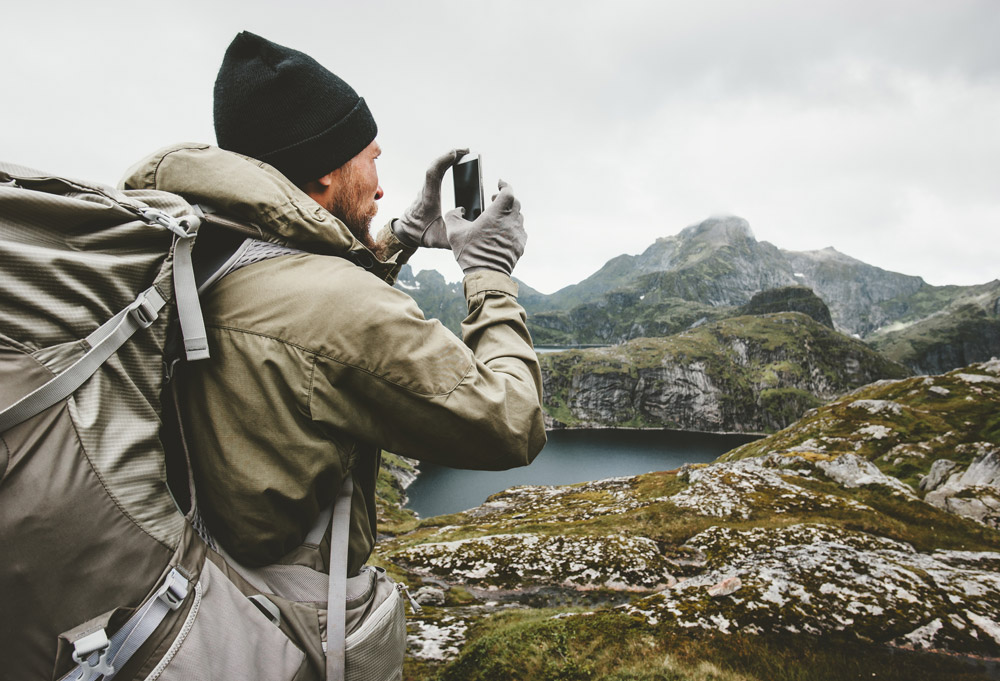
Heavy rain, however, can expose the ill-prepared to considerable challenges.
Thats why waterproofing your items when heading out to stormy weather is an essential backpacking hack.
To keep the dampness at bay through your showery river valley hike, waterproof your backpack first and foremost.
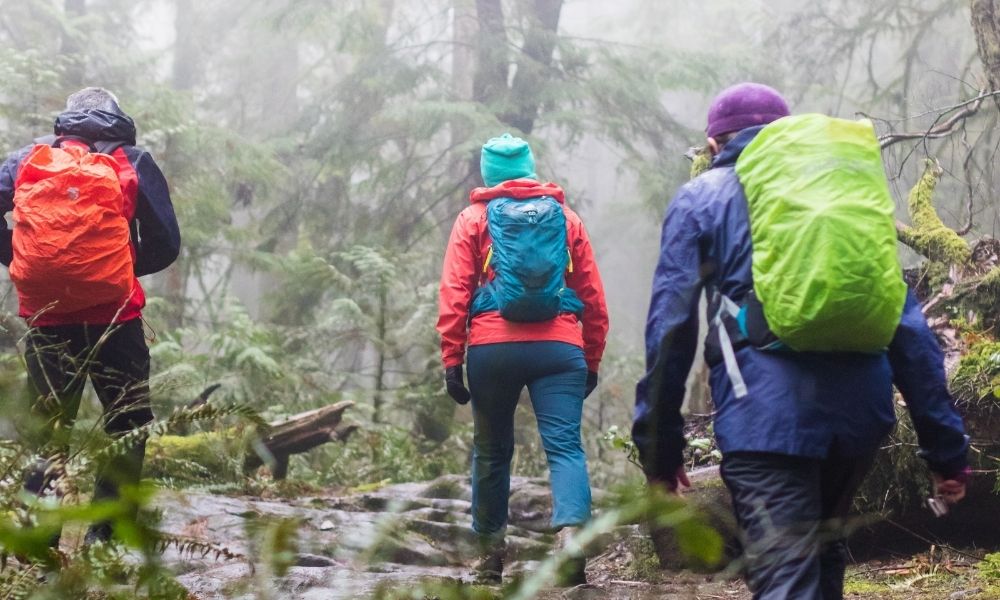
You donotwant to get to camp and have to deal with the soggy gear.
Second, keep all your heavy-use items outside the pack.
Simply place them in dry bags, then store them in your pockets or external storage compartments.
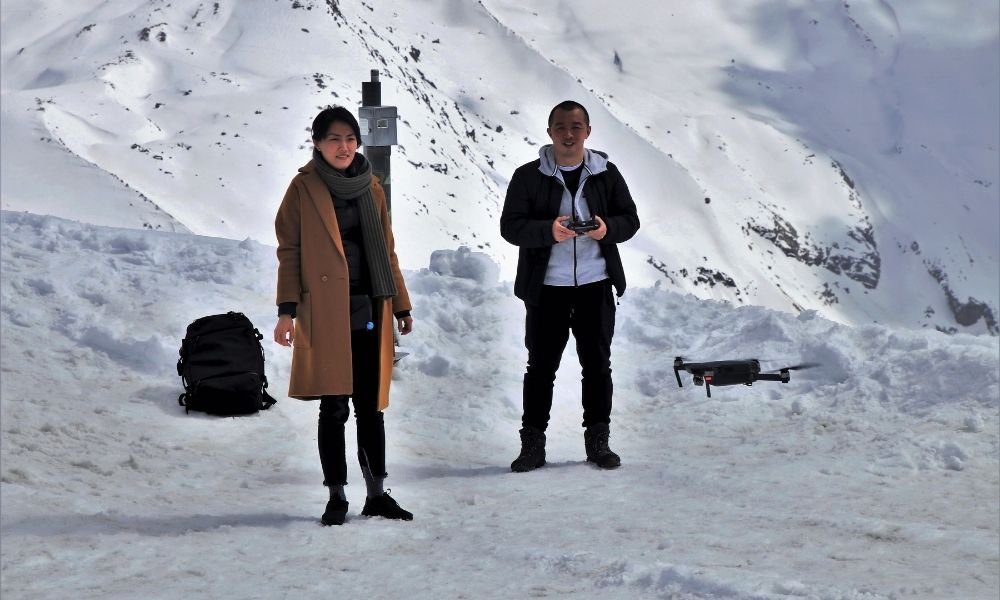
Opening your bag every few minutes in the rain will allow substantial moisture in.
You will not only have wet items, but a heavier backpack as well.
Similarly, safeguard your gadgets by storing them in watertight freezer bags.
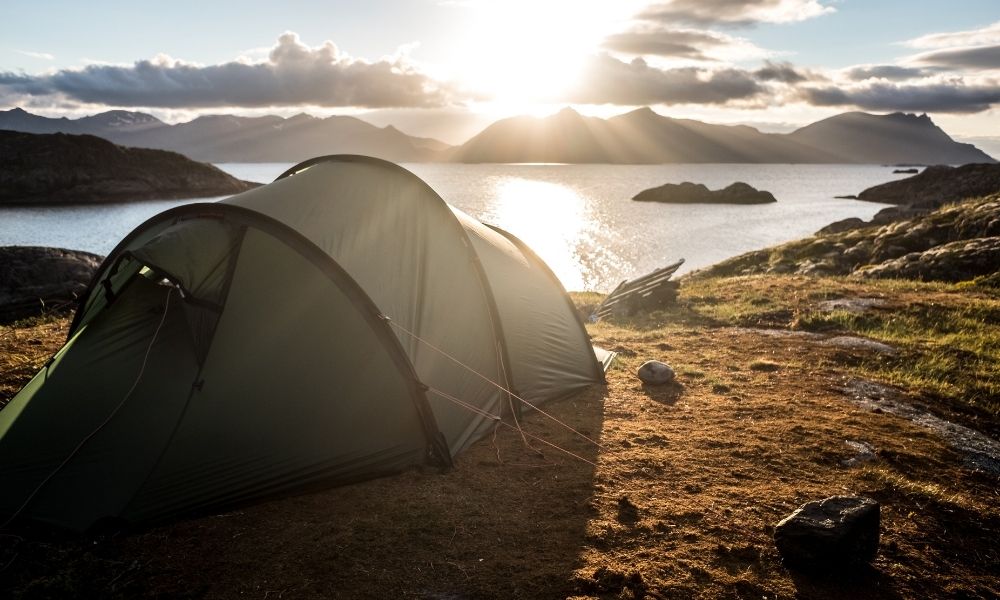
Wet forest hiking trails are deceptively slippery, even forhiking bootswith robust traction.
Tread carefully over slimy logs, rocks, and muddy slopes.
Trekking poles are even better on rainy hikes.
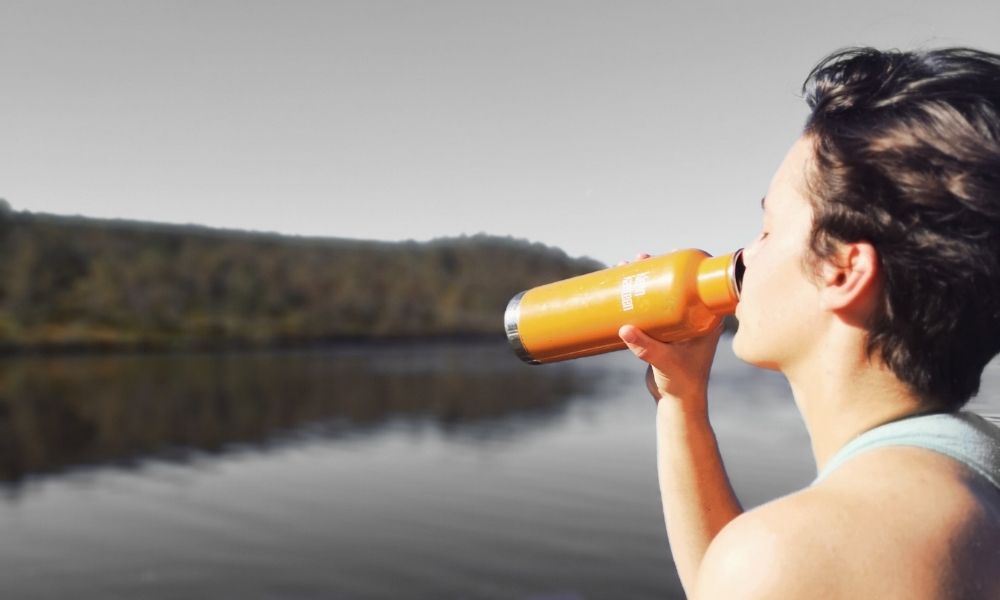
Always keep safety in mind to mitigate risk.
Avoid daredevil actions that can cost your life out in the wild.
And more importantly, they can point you towards the regions hidden gems as well!
Weather forecasts will keep you clear from canyons that have the danger of flash flooding.
If you see a ranger on the trail, dont be afraid to pick their brain.
In contrast, the veteran hiker knows how to balance the need for insulation with minimal bulk.
Efficient layering is all that stands between you and the rain, snow, sun, and wind.
A hiker unsure of their clothing demands will tend to overpack.
Always put forethought into an efficient layering systemit will definitely pay off in the field.
Another common mistake is going off into the wild in a long-sleeved cotton base layer.
A puffy jacket cannot protect you from the sweaty cold that comes from within.
Thus, your base layer should keep you warm and dry.
It should also have a snug fit.
you could choose between synthetic or wool base layers.
Wool is warm and odor resistant, while synthetics have superior wicking qualities and are cheaper than wool.
Synthetics like modal are better for warmer weather and lighter thermal duty during physically demanding trips.
While base layers manage moisture from the body, mid layers trap heat, keeping you insulated and cozy.
For example, a fleece sweater is lightweight, breathable, and warm.
It will dry fast when wet, so it is an excellent mid-layer.
The best mid-layers pack down well, and will not crowd your backpack.
For bottoms, have a good pair of weather-resistant hiking pants that allow tights or long-johns underneath.
If there is a cold-weather forecast, always go for a bigger jacket.
A good outer layer should shield you from the heavy downpours, wind gusts, or snowfall.
Look for gear with a water-repellant finish, yet also sport a good level of breathability.
Wind breakers and soft shells are outer layers which work for moderate weather day trips.
Avoid Hypothermia
Hypothermia can creep in announced when backpacking in rainy or cold weather.
Some of its early symptoms are confusion and shivering, which shouldnt be shrugged off.
Besides staving off frostbite, cozy, dry clothes will also give you comfort and re-energize you.
see to it to repeat this process for the next days hike.
During days of unrelenting rain, stop moving and dry your gear when the sun shines.
Your utility cord will make an excellent clothesline.
If need be, take a full day off to dry out wet items after a storm.
A wet item also adds staleness to the tents atmosphere.
Pick the Right Campsite
Camping will give you a generous opportunity to bond with other backpackers.
Its also the perfect time to be at ease with Mother Nature.
When roughing it out in the wild, always go for high, dry ground.
This setup keeps your tents free of moisture from dew or saturated soil.
The best place to pitch your tent is under trees.
That said, avoid camping under trees that have old or damaged limbs.
A gust of wind could have a thick branch crashing down on your tent.
An excellentcampsiteis near a source of water.
Always check for any prohibitions and regulations that affect camping near rivers or streams.
When pitching a tent, ensure your doorway does not face the wind.
Lastly, do not pass up a scenic campsite just to keep up with your travel schedule.
Be flexible and savor every magical spot you find, as that is what memories are made of.
Hygiene Hacks
For many backpackers, personal hygiene is a social contract reserved for the civilized world.
They say: Out in the wild, embrace some grime.
They do have a point.
This means that you will have to wear some of your gear for a trips entirety.
You will be a tad stinky before your trip is up and youre back home enjoying that hard-earned shower.
That said, you could pack multiples of underwear and socks.
You will need to wash and air these items so that you could cycle them during your trip.
If your moisture-wicking base layer is synthetic, it will hold a level of odor.
While you will quickly get used to the stink, your tent partner might not like it much.
So scrub off the dirt when you have access to fresh water.
Some backpacking hacks for hygiene include having hand sanitizer as part of your essentials.
Keep an unscented 1 oz bottle on your hip belt to ward off bacteria when eating.
Have a travel toothpaste and folding toothbrush for warding off swamp mouth.
Avoid deodorants, as they might attract bugs and other creatures.
Stay Hydrated
Backpacking is a superb way to stay fit, happy, and healthy.
Lots of exercise, sunshine, good vibes, and fresh air.
That said, it is an exacting venture, which can cause rapid dehydration.
When setting out for the day, have a cup or two of clean water.
During the hike, stay proactive.
You are already well on your way todehydrationwhen your body sends off thirst signals.
Avoid alcohol and have sufficient water and snacks for energy.
Place a shirt or bandana around it and place the bottle under your sleeping bag.
The waters heat will quickly spread through your tent, keeping you cozy.
Place your innerwear near the bottle to keep them warm enough for skin contact in the morning.
Bring along a pair of lightweight sandals to stroll around the camp in.
They will be particularly vital at night when you gotta run out and empty your bladder.
Pack a clean set of clothing as well for extra freshness after days of grimy gear.
But above all, plan ahead with these backpacking hacks to have a worry-free trip out to the wild.